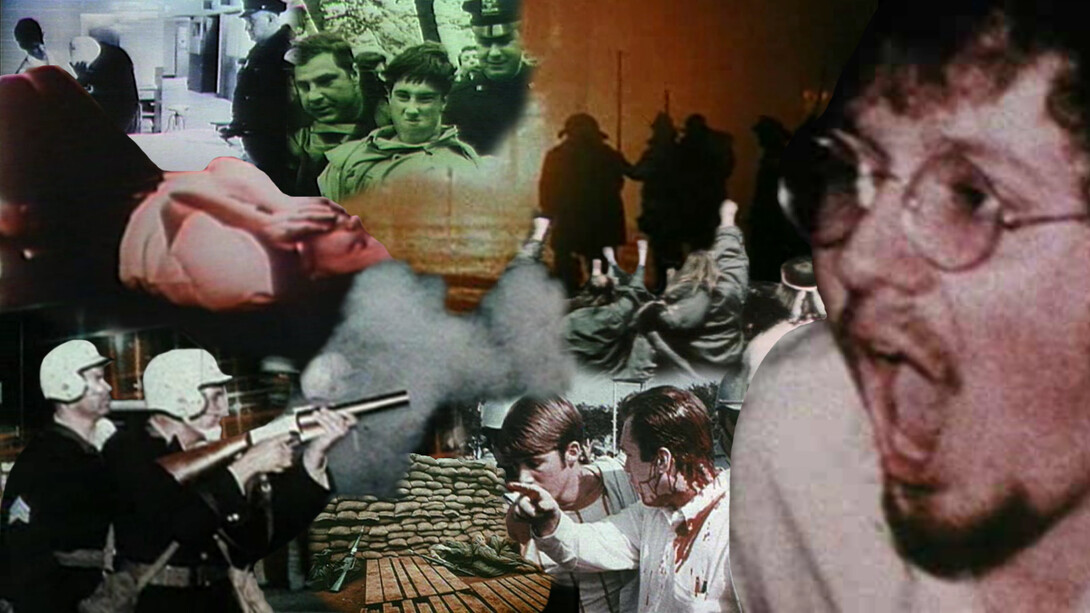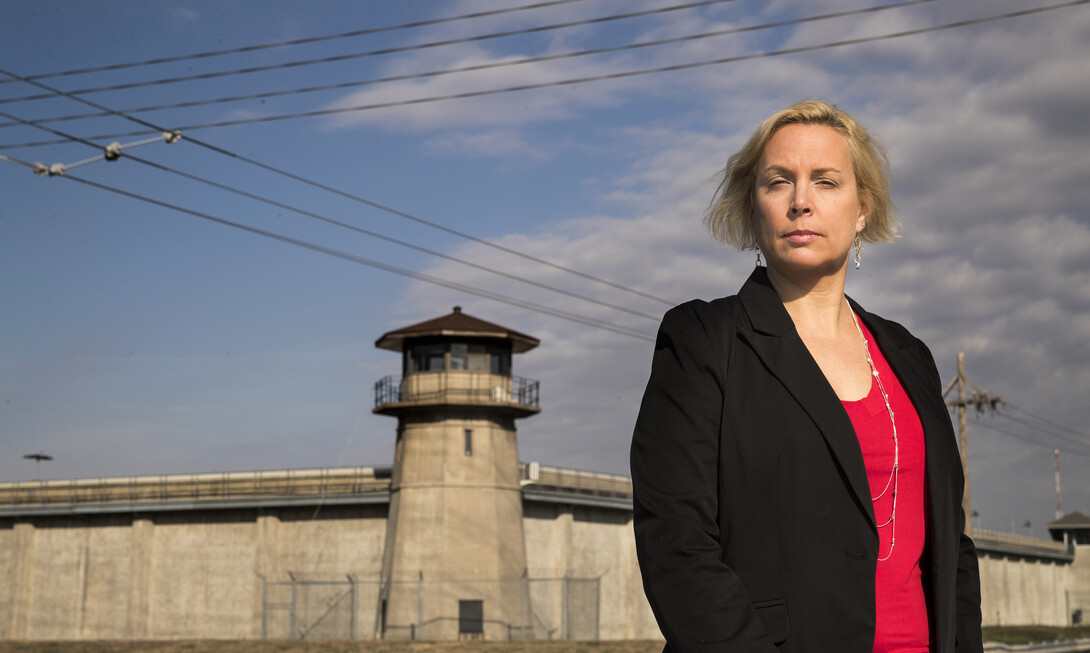
Violence, gore, a police state. They’re not images conjured in the latest thriller at the local cineplex.
These depictions of mayhem are presidential campaign ads, and they’re telling a story that’s not always tethered to reality, according to new University of Nebraska–Lincoln research.
Nebraska sociologist Lisa Kort-Butler examined five decades of television campaign advertisements paid for by the candidates’ campaigns to learn how crime was represented in the campaign ads, and how it propelled the candidates. The advertisements have been archived by the Museum of the Moving Image’s Living Room Candidate project.
Kort-Butler found that the use of crime as a political tool was cyclical, being deployed most in 1968, 1972, 1988 and 1996. Kort-Butler demonstrated the campaigns relying most heavily on crime did not neatly coincide with periods of heightened crime in the United States, but with periods of social anxiety.
Violent crime peaked in the United States between 1989 and 1996, but it was mentioned in only two ads from the 1992 campaign between Bill Clinton and George H.W. Bush. During the campaign that focused the most on crime, in 1968 between Hubert Humphrey and Richard Nixon, violent crime had been slowly increasing in the preceding years, but was depicted in 10 separate ads.

Rather than the ads being reactionary to crime, Kort-Butler found that campaigns used visuals of crime as a metaphor for political unrest and to build the brand of the candidate.
“In the ’68 campaign year, there’s civil unrest with the civil rights movement and the Vietnam War era,” Kort-Butler said. “Crime became a way of talking about all of those things together in some ways.
“In ’96, crime was used to talk about morality. It was about being tough, but also, how does that reflect the candidates’ moral character.”
Two specific themes emerged among the 44 ads she studied: crime as a social problem or a dark stain; and crime as a threat. These themes were able to amplify the candidates in roles such as the sturdy janitors who can clean up the mess or as rugged sheriffs who are tough.
“It’s a tool, no matter what is happening in reality one way or the other, when we talk about crime in campaigns, and it’s visualized in these campaign ads to create an image for the candidate,” Kort-Butler said.
Kort-Butler also found that both parties deployed the crime metaphors in ads.
“Themes were similar across both candidates,” she said. “The ads were in conversation with each other, so it created a unity of themes each cycle. No party was immune from how they used crime to create a narrative.”
Kort-Butler said overall, the use of crime in campaign ads simplifies a complex social issue.
“It ‘others’ the criminal because it’s a politically useful narrative,” she said. “But how does it fit with the broader narrative about crime? Does it fit with crime statistics? How do all these things fit together and what effect does it have on actual policy? Theatrical campaigns may or may not result in dramatic crime policies.”







